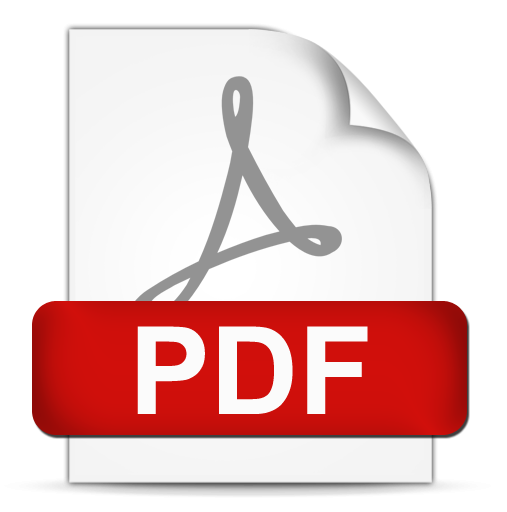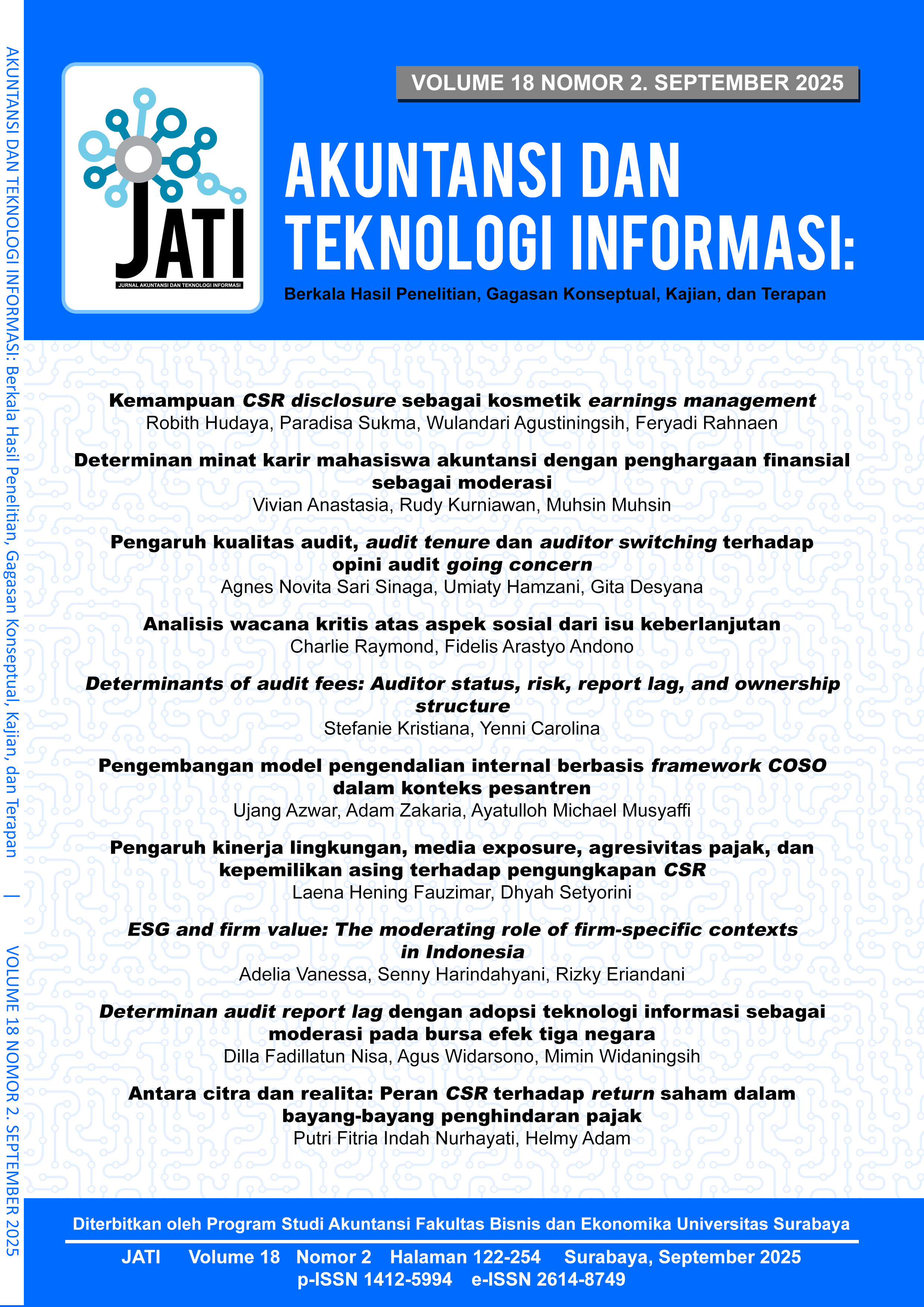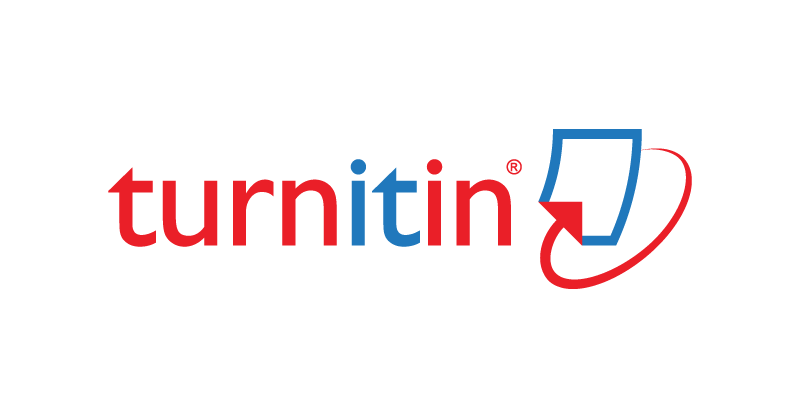Pengembangan model pengendalian internal berbasis framework COSO dalam konteks pesantren
 Abstract Views:
265 times
Abstract Views:
265 times
 PDF Downloads:
90 times
PDF Downloads:
90 times
Abstract
Purpose – This study aims to analyze the internal control conditions and weaknesses that occur in Islamic boarding schools, so that researchers can provide priority recommendations for improvement to mitigate the risks that occur. In addition, researchers developed internal controls from COSO so that they can be applied and understood by Islamic boarding school stakeholders in an easy, relevant, and effective manner.
Methods – Project-based research was chosen in this study because it aimed to develop a model of internal control specific to Islamic boarding schools. The development used the 4D model, which consists of define, design, develop, and disseminate. Data were collected using observation, interviews, and documentation techniques. Meanwhile, the researchers used a risk matrix and triangulation techniques to process the data produced.
Findings – This study produced two outputs: first, a SACICK (self-assessment checklist of internal control kits) evaluation guideline, which is useful for assessing the condition of internal control systems and mitigating risks; and second, recommendations for improvement in the form of a risk analysis report, which is useful as a database for mitigating risks in the following year.
Implications – The implications of this research for Islamic boarding schools include the need to maintain, improve, supplement, and clarify categories in accordance with the internal control framework.
Originality – This study differs from previous studies in terms of developing an internal control model that can be used to assess internal control conditions and mitigate risks.
Downloads
References
Al-Ghazali, I. A. H. (n.d.). Minhajul Muta’allim. Surabaya: Darur Rahmah Al Islamiyyah Indonesia.
Arikunto, S. (2006). Prosedur Penelitian: Suatu Pendekatan Praktek (VI). Jakarta: Rineka Cipta.
Borbe, C. A. B. (2024). The Effect of Internal Control System Towards Sustainable Quality Governance in A State University: Basis for Establishing a Sustainable Quality Governance in State University. International Journal of Multidisciplinary: Applied Business and Education Research, 5(5), 1730–1743. https://doi.org/10.11594/ijmaber.05.05.21
Caldwell, H. (2019). Perception of Nonprofit Employees and Board Governance on the Internal Control of Contributions: a Qualitative Study. Liberty University. Retrieved from https://digitalcommons.liberty.edu/doctoral/2216/
Channel, A. D. (2020). Bagaimana analisa risiko klinis dan risiko non-klinis di fasilitas pelayanan kesehatan?
COSO. (2013). Internal Control—Integrated Framework. Durham. Retrieved from www.ic.coso.org
Cothran, M. W. (2022). Internal Controls in Small City Government. Virginia: Liberty University.
Dangi, M. R. M., Nawawi, A., & Salin, A. S. A. P. (2020). Application of COSO framework in whistle-blowing activities of public higher-learning institutions. International Journal of Law and Management, 62(2), 193–211. https://doi.org/10.1108/IJLMA-06-2017-0145
Gadelha, A. L. L., Gouveia, L. B., & Sarmento, A. M. (2023). Essential internal control: evidence from the executive branch of the State of Ceará. Revista de Gestao, 30(1), 32–46. https://doi.org/10.1108/REGE-08-2020-0073
Hamidah, R. D., & Heriyanto. (2023). Analisis Sistem Pengendalian Internal Berbasis Coso Di Lembaga Amil Zakat (Studi Kasus Lembaga Amil Zakat, Infaq, Dan Shadaqah Muhammadiyah Jawa Barat). Festival Riset Ilmiah Manajemen & Akuntansi, 6681(7), 215–222.
Hamzah, M. (2017). Pengantar Studi Aswaja an-Nahdliyah. Yogyakarta: LKiS Pelangi Aksara.
Hanefah, M. M., Kamaruddin, M. I. H., Salleh, S., Shafii, Z., & Zakaria, N. (2020). Internal control, risk and Sharīʿah non-compliant income in Islamic financial institutions. ISRA International Journal of Islamic Finance, 12(3), 401–417. https://doi.org/10.1108/IJIF-02-2019-0025
Kadir, A. (2024). Penerapan Model-Model Manajemen Dalam Pengembangan Pondok Pesantren. Jurnal Ilmu Pendidikan & Sosial (Sinova), 2(1), 51–60.
Luth, T. (2014). Syariat Islam Menjawab Persoalan Ummat: Sebuah Konfigurasi Tanya Jawab Seputar Fiqih Realitas di Indonesia. Malang: UB Press.
Maydiantoro, A. (2021). Model-Model Penelitian Pengembangan (Research and Development). Respository LPPM Unila, (10), 1–8.
Moeller, R. R. (2014). Executive’s Guide to COSO Internal Controls: Understanding dan Implementing the New Framework. Hoboken, New Jersey: John Wiley and Sons, Inc.
Mujib, A., Wardayati, S. M., & Miqdad, M. (2021). Model Pengendalian Internal Pesantren. Jurnal Akuntansi Dan Pajak, 21(02), 306–320. https://doi.org/10.29040/jap.v21i02.1319
Nasrul, E. (2024). Kemenag: Pesantren Bertambah 11 Ribu sejak UU Pesantren Disahkan. Retrieved October 20, 2024, from https://khazanah.republika.co.id/berita/sj0t7q451/kemenag-pesantren-bertambah-11-ribu-sejak-uu-pesantren-disahkan
Nurhasanah, N. (2016). Efektivitas Pengendalian Internal, Audit Internal, Karakteristik Instansi Dan Kasus Korupsi (Studi Empiris Di Kementerian/ Lembaga). Jurnal Tata Kelola Dan Akuntabilitas Keuangan Negara, 27–48. https://doi.org/10.28986/jtaken.v2i1.35
Otoo, F. N. K., Kaur, M., & Rather, N. A. (2023). Evaluating the impact of internal control systems on organizational effectiveness. LBS Journal of Management & Research, 21(1), 135–154. https://doi.org/10.1108/lbsjmr-11-2022-0078
Purnamasari, P., & Amaliah, I. (2015). Fraud Prevention: Relevance to Religiosity and Spirituality in the Workplace. Procedia - Social and Behavioral Sciences, 211(September), 827–835. https://doi.org/10.1016/j.sbspro.2015.11.109
Purwohedi, U. (2022). Metode Penelitian Prinsip dan Praktek. Depok: Raih Asa Sukses.
Senga, K. K. T., & Kristianti, I. (2019). Pengendalian Internal Organisasi Keagamaan Di Kota Salatiga. Jurnal Ilmu Sosial Dan Humaniora, 8(2), 144. https://doi.org/10.23887/jish-undiksha.v8i2.21382
Sofyani, H., Saleh, Z., & Abu Hasan, H. (2023). Internal control implementation and quality of higher education institutions: a moderation effect testing. Asian Journal of Accounting Research, 8(4), 425–435. https://doi.org/10.1108/AJAR-09-2022-0277
Sutikno, S. E. (2024). Manajemen Risiko: Substansi dan Fundamental. Depok: PT Rajagrafindo Persada.
Suyitno, S. (2022). Implementasi Manajemen Resiko dalam Peningkatan Efektivitas Pembelajaran di Sekolah Menengah Kejuruan. Edukatif : Jurnal Ilmu Pendidikan, 4(1), 141–153. https://doi.org/10.31004/edukatif.v4i1.1768
Taufik, T. M. (2016). Pengaruh Pengawasan dan Spiritualitas dalam Pengendalian Perilaku Curang Ekonomi (Studi Eksperimen pada Perbankan Syarī’ah di Daerah Wilayah Yogyakarta, Surakarta dan Banyumas). UIN Sunan Kalijaga.
Thinh, T. Q., Anh, L. H., & Tuan, N. K. (2020). The effectiveness of the internal control system in vietnamese credit institutions. Banks and Bank Systems, 15(4), 26–35. https://doi.org/10.21511/bbs.15(4).2020.03
Usman, M. I. (2013). Pesantren Sebagai Lembaga Pendidikan Islam (Sejarah Lahir, Sistem Pendidikan, dan Perkembangannya Masa Kini). Jurnal Al Hikmah, XIV(1), 101–119.
Widiharsanti, F. D. R., Kodir, M. A., & Soemarso, E. D. (2023). Analisis Pengendalian Internal Terhadap Penyaluran Kredit Usaha Rakyat (KUR) pada PT Bank Pembangunan Daerah Jawa Tengah Kantor Cabang Pembantu Babadan Ungaran. Jurnal Inovasi Akuntansi (JIA), 1(2), 130–137. https://doi.org/10.36733/jia.v1i2.7414
Zuhriy, M. S. (2011). Budaya Pesantren Dan Pendidikan Karakter Pada Pondok Pesantren Salaf. Walisongo: Jurnal Penelitian Sosial Keagamaan, 19(2), 287. https://doi.org/10.21580/ws.2011.19.2.159

This work is licensed under a Creative Commons Attribution-ShareAlike 4.0 International License.
- Copyright on articles is retained by the respective author(s), without restrictions. A non-exclusive license is granted to Akuntansi dan Teknologi Informasi (JATI) to publish the article and identify itself as its original publisher, along with the commercial right to include the article in a hardcopy issue for sale to libraries and individuals.
- Articles published in Akuntansi dan Teknologi Informasi (JATI) are licensed under a Creative Commons Attribution-ShareAlike 4.0 International license. You are free to copy, transform, or redistribute articles for any lawful purpose in any medium, provided you give appropriate credit to the original author(s) and the journal, link to the license, indicate if changes were made, and redistribute any derivative work under the same license.
- By publishing in Akuntansi dan Teknologi Informasi (JATI), authors grant any third party the right to use their article to the extent provided by the Creative Commons Attribution-ShareAlike 4.0 International license.

 DOI:
DOI:









